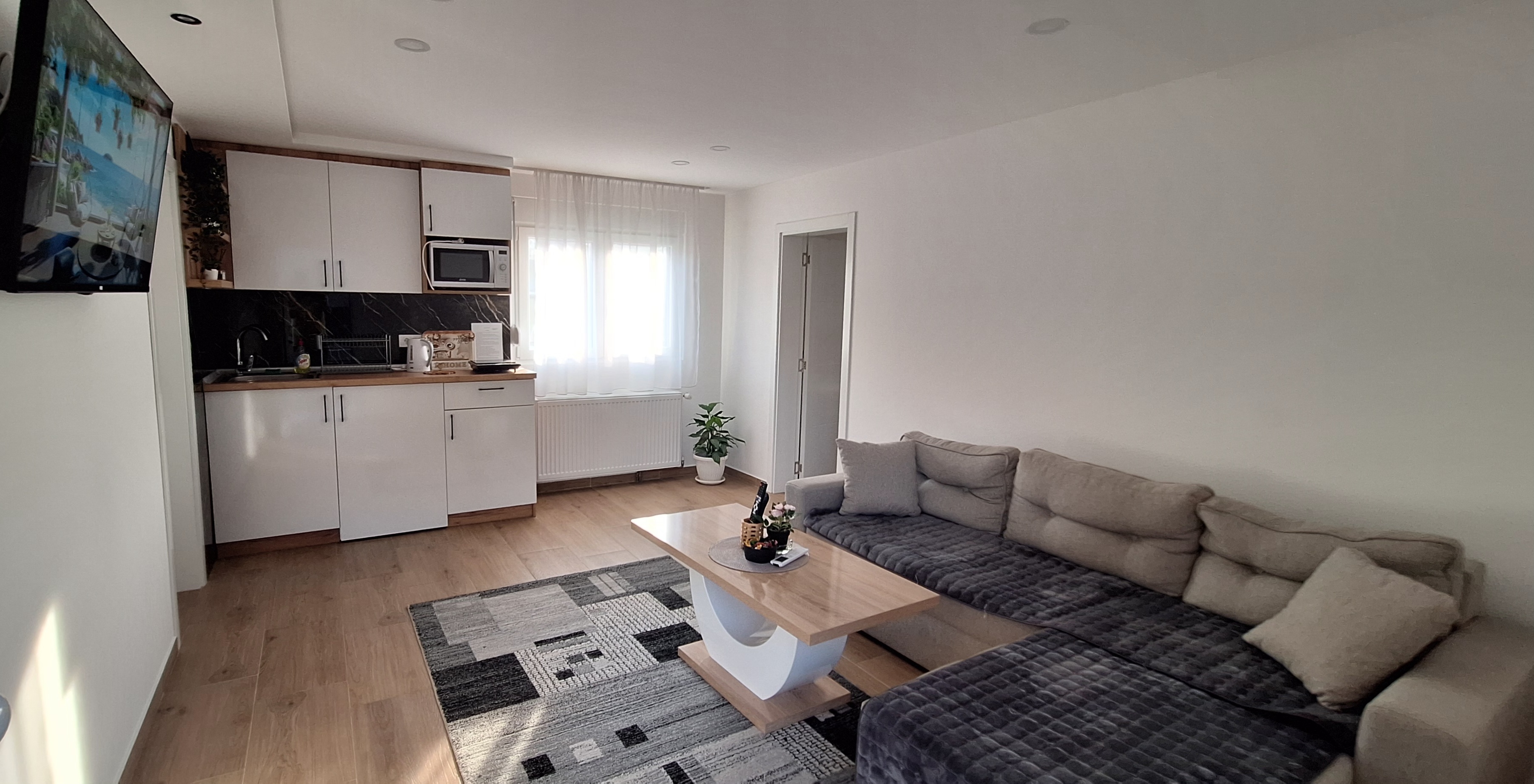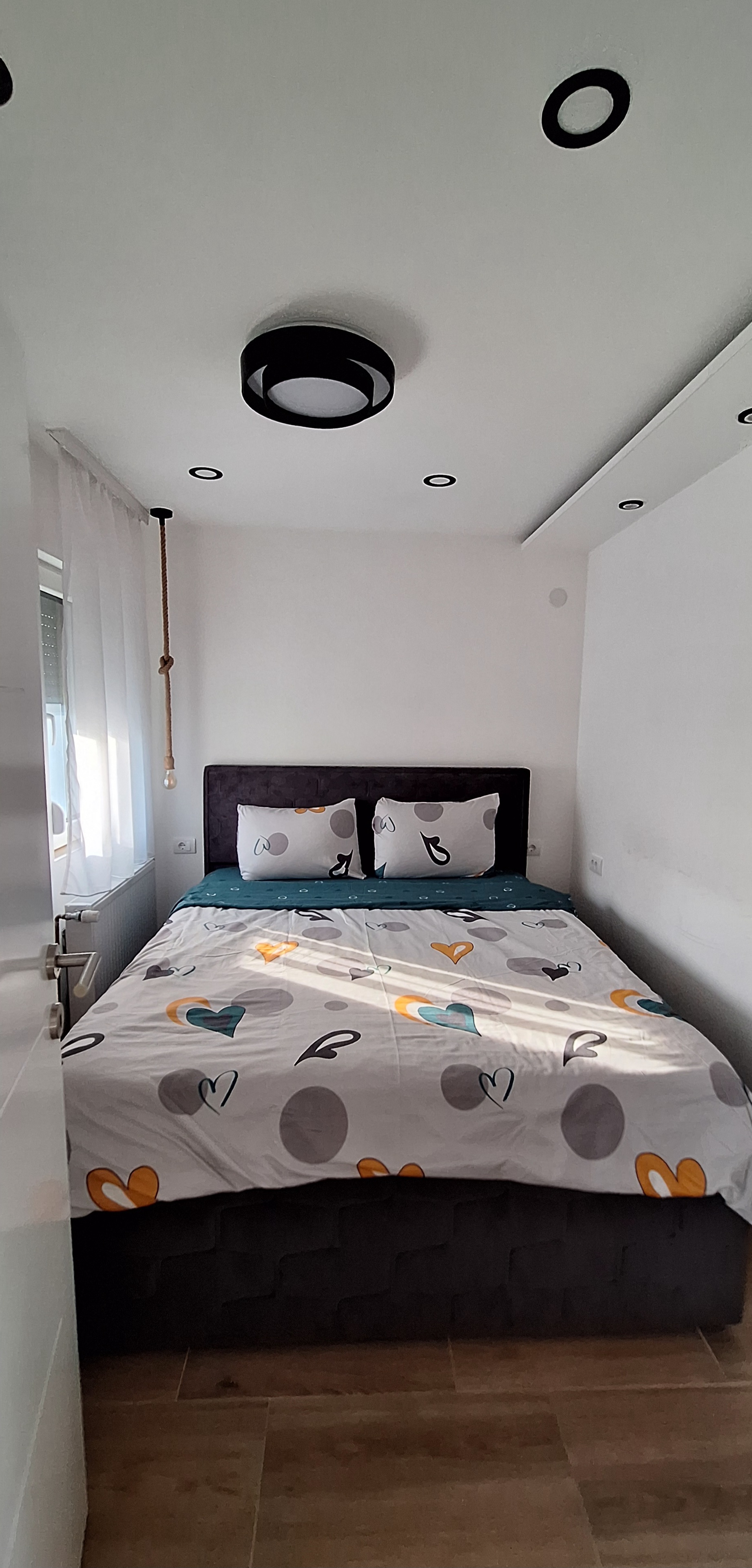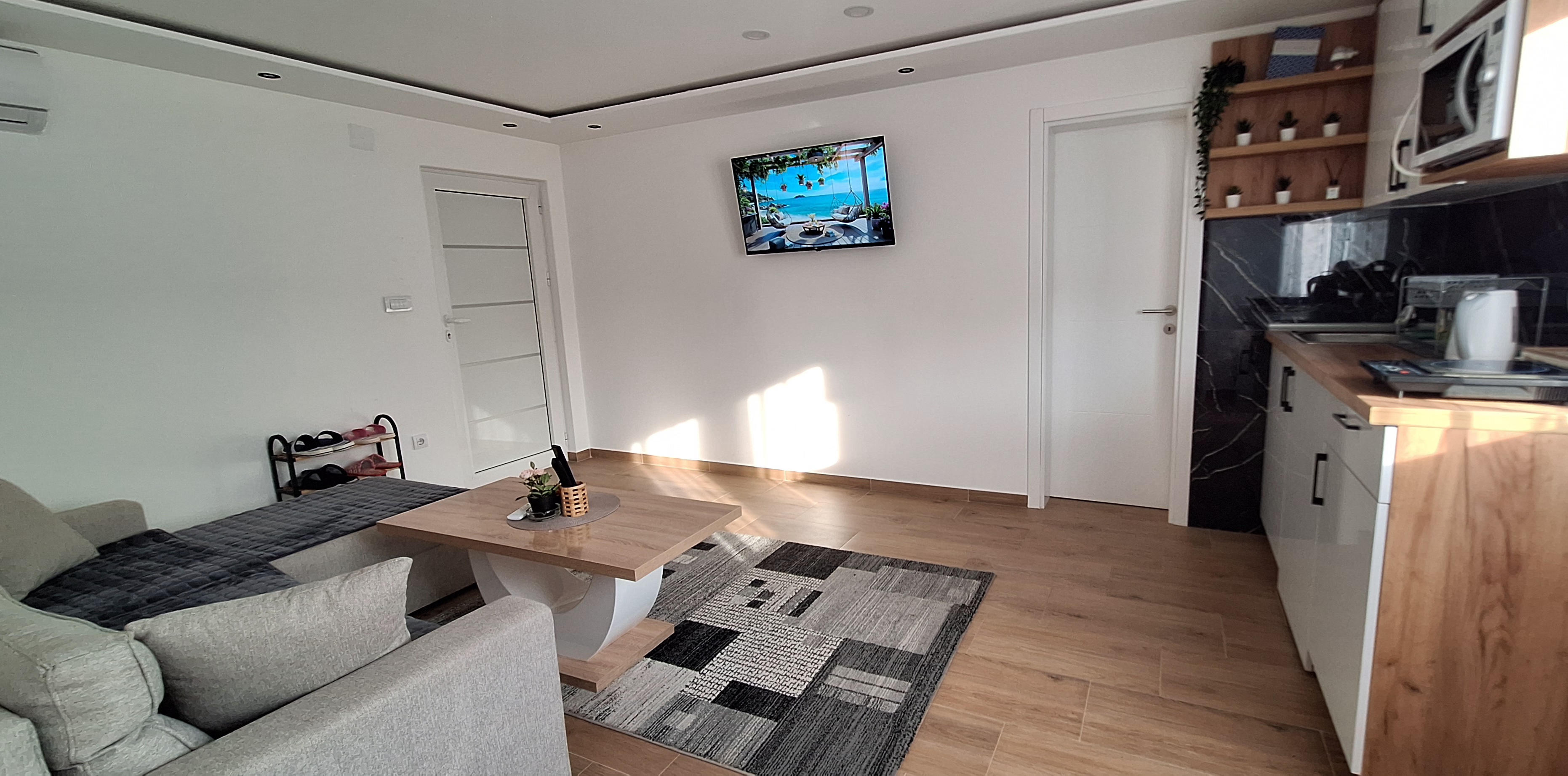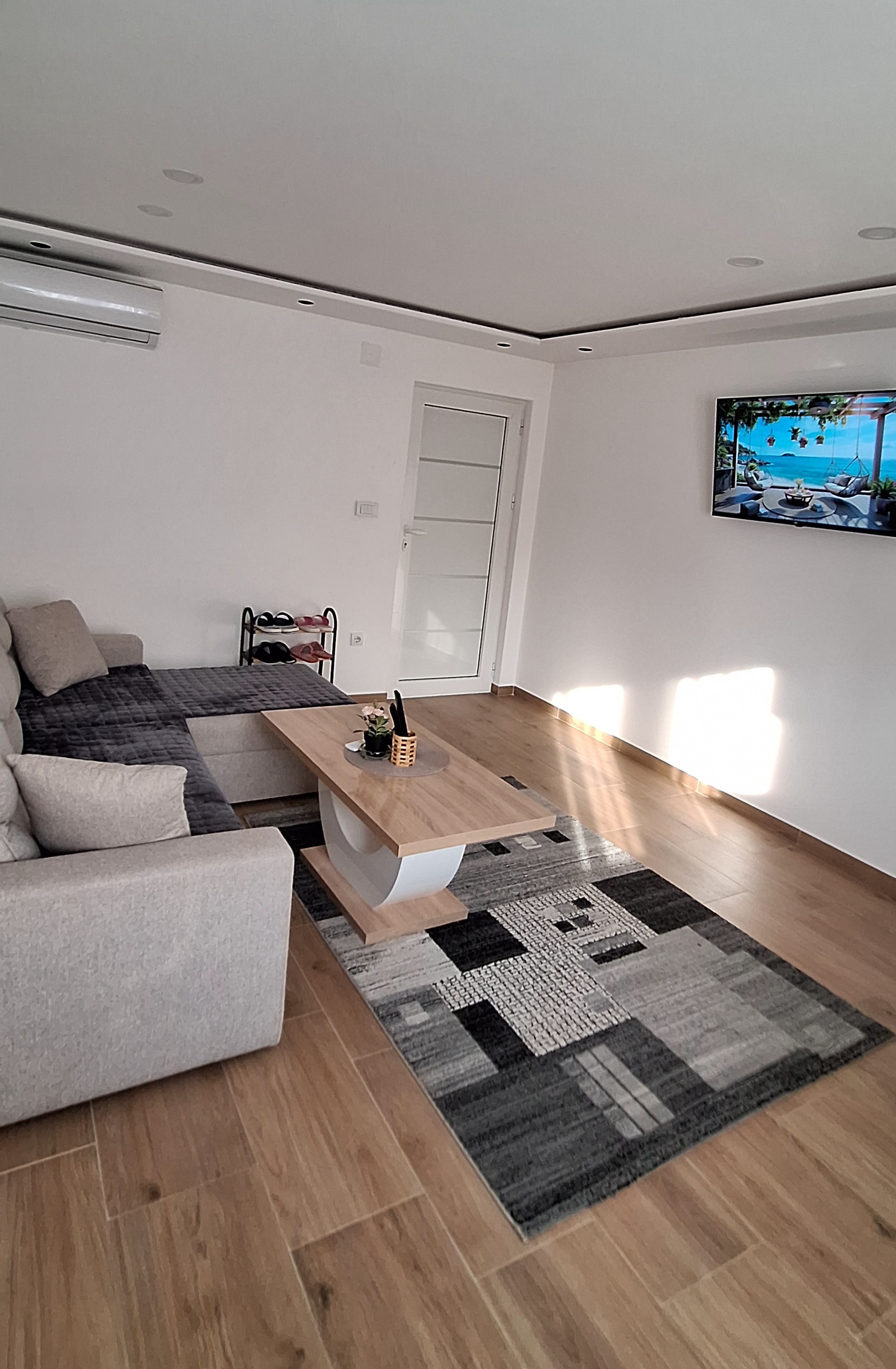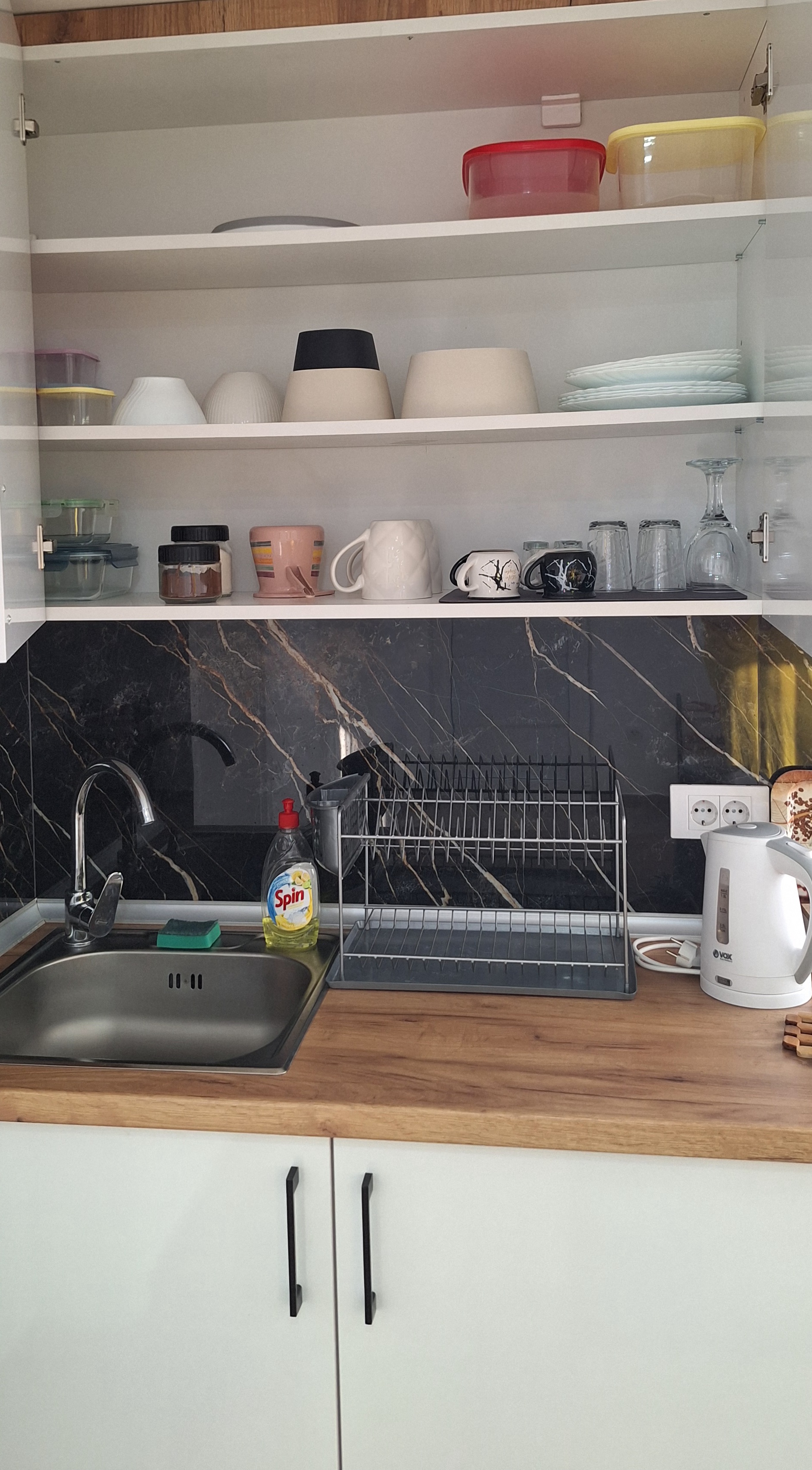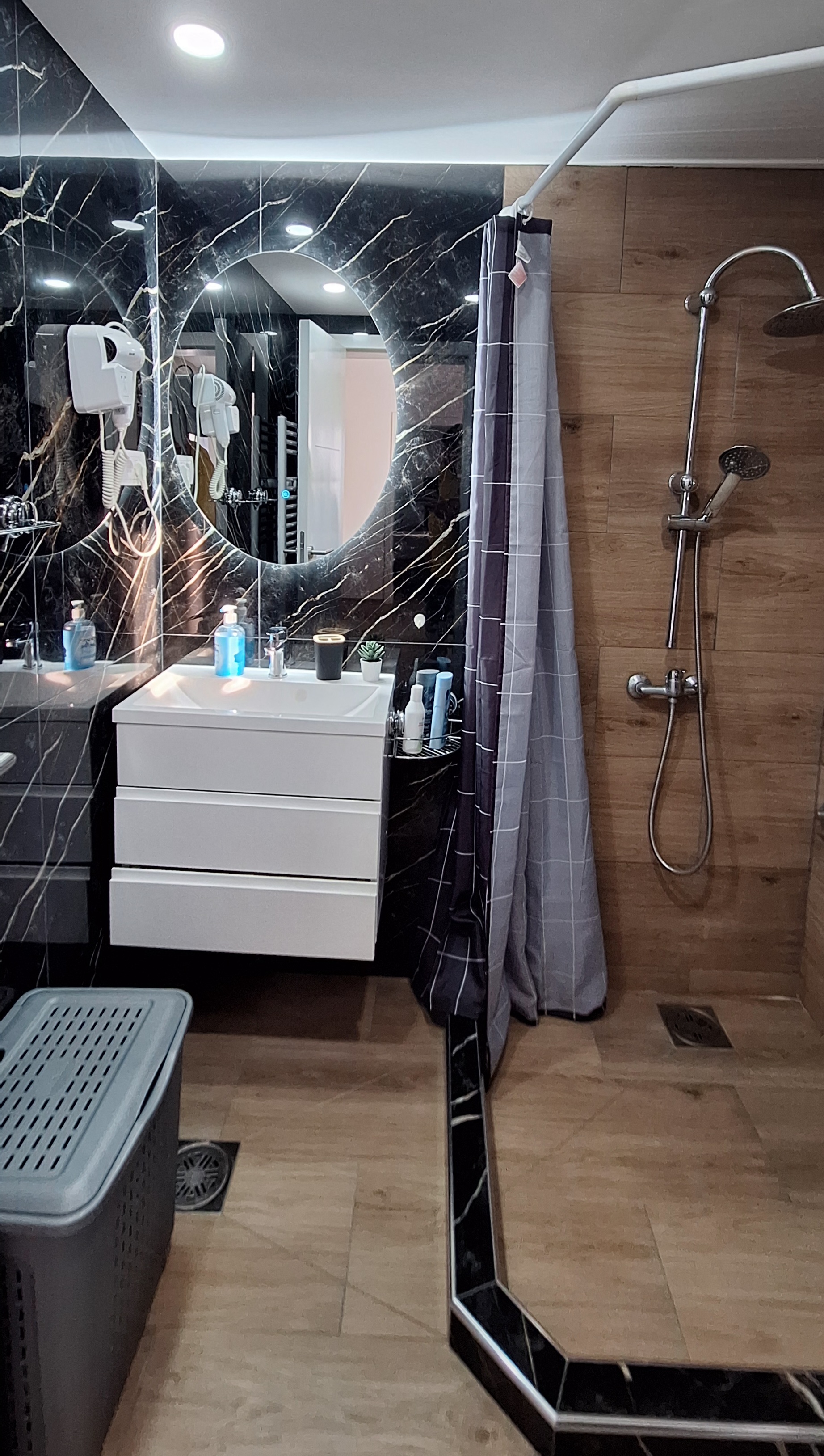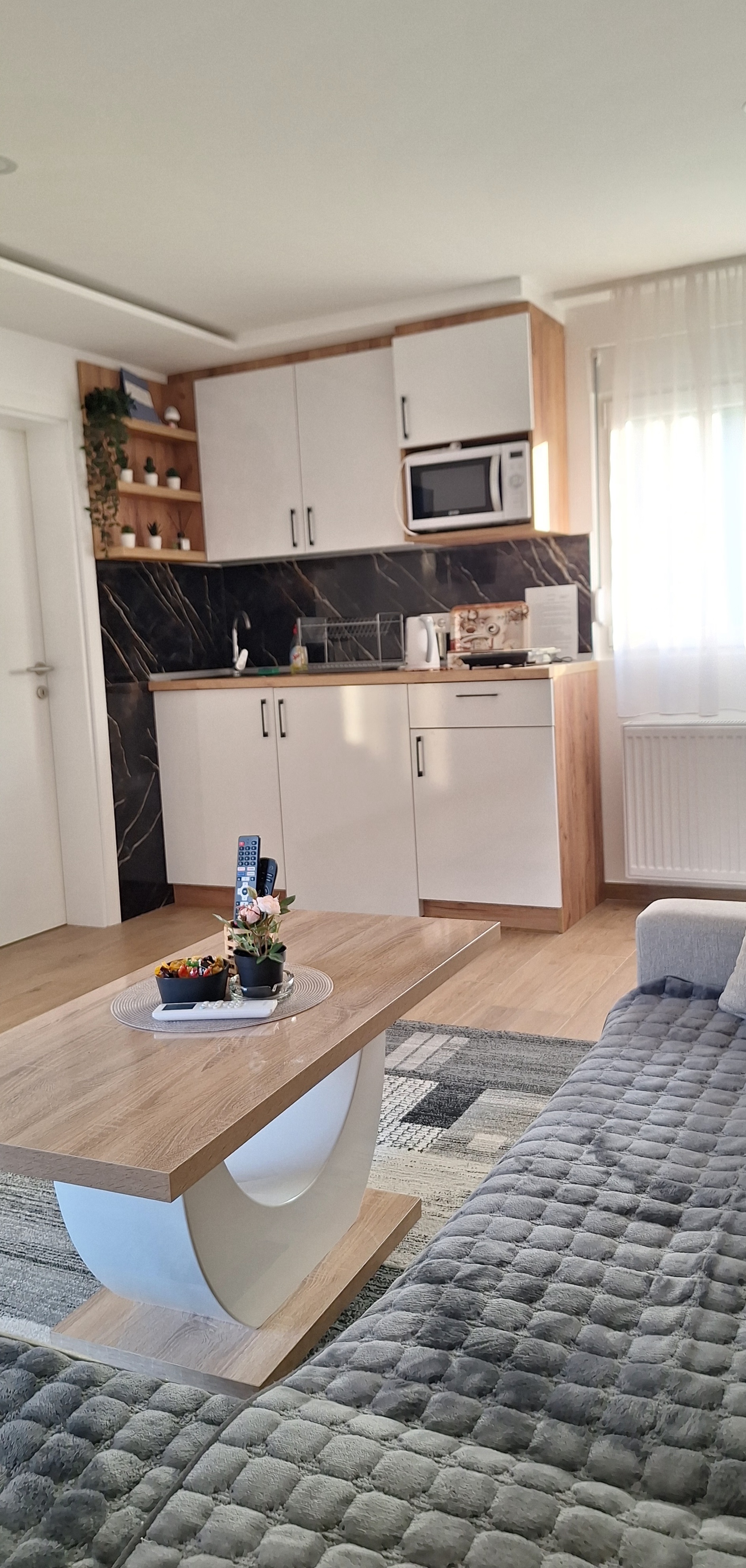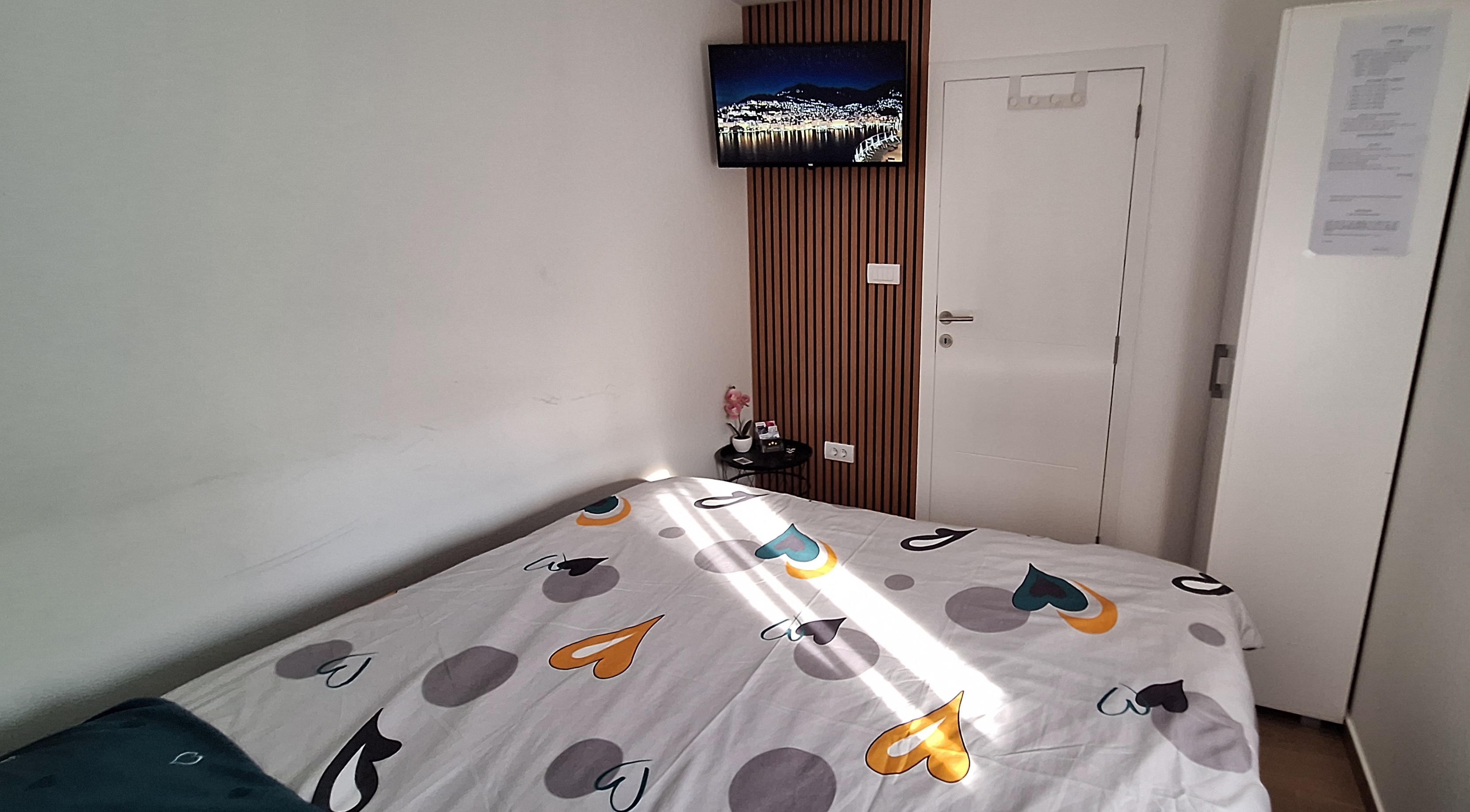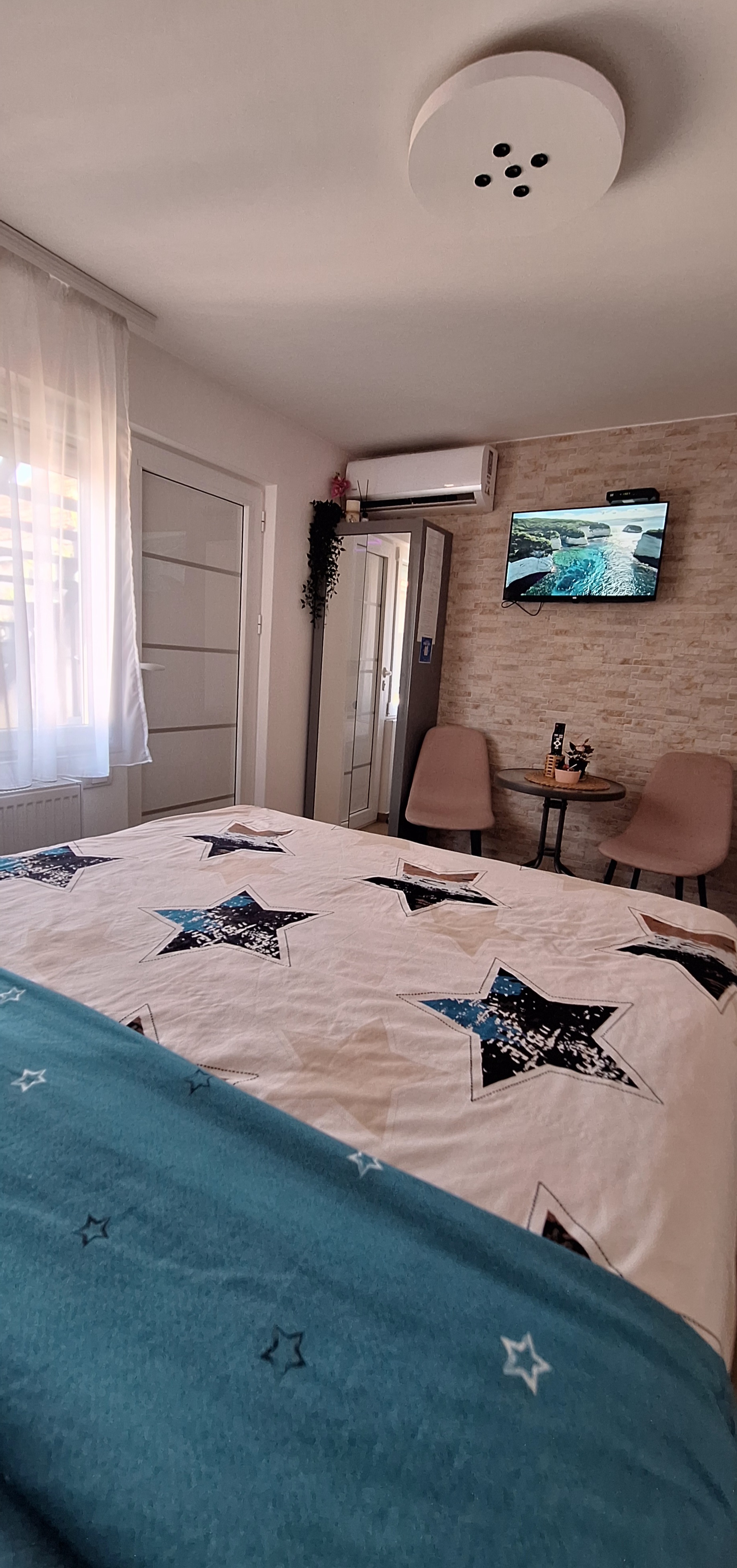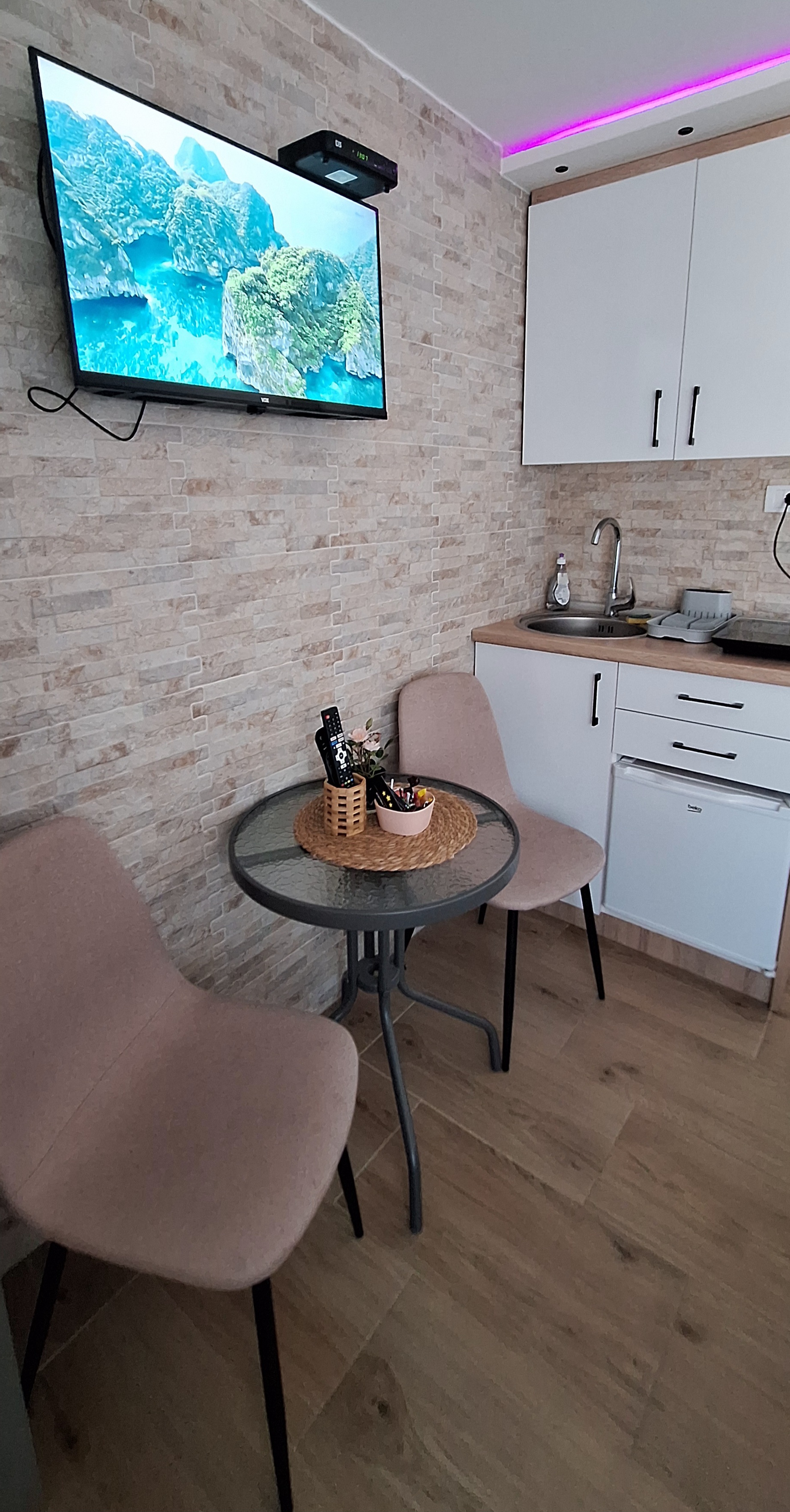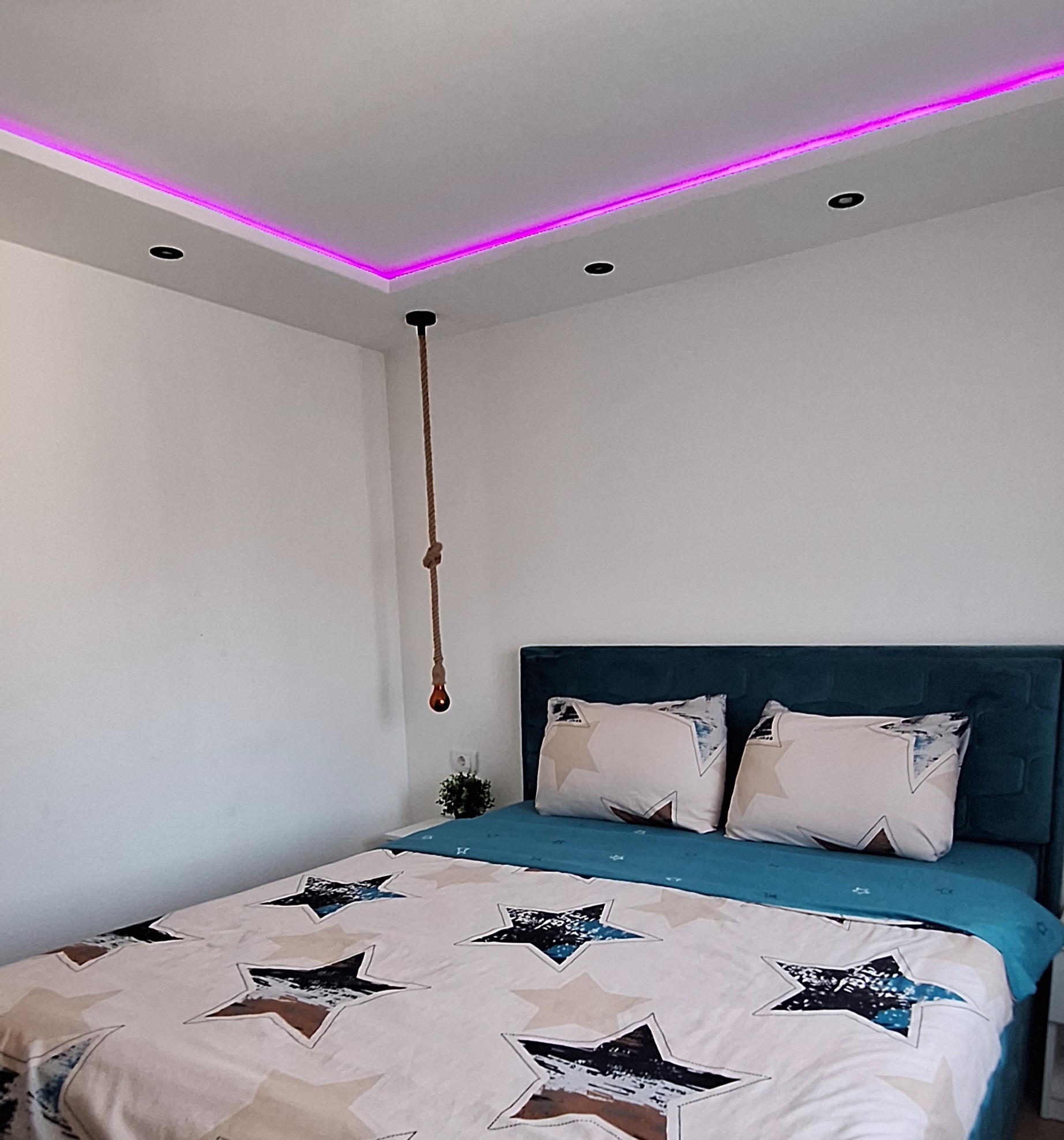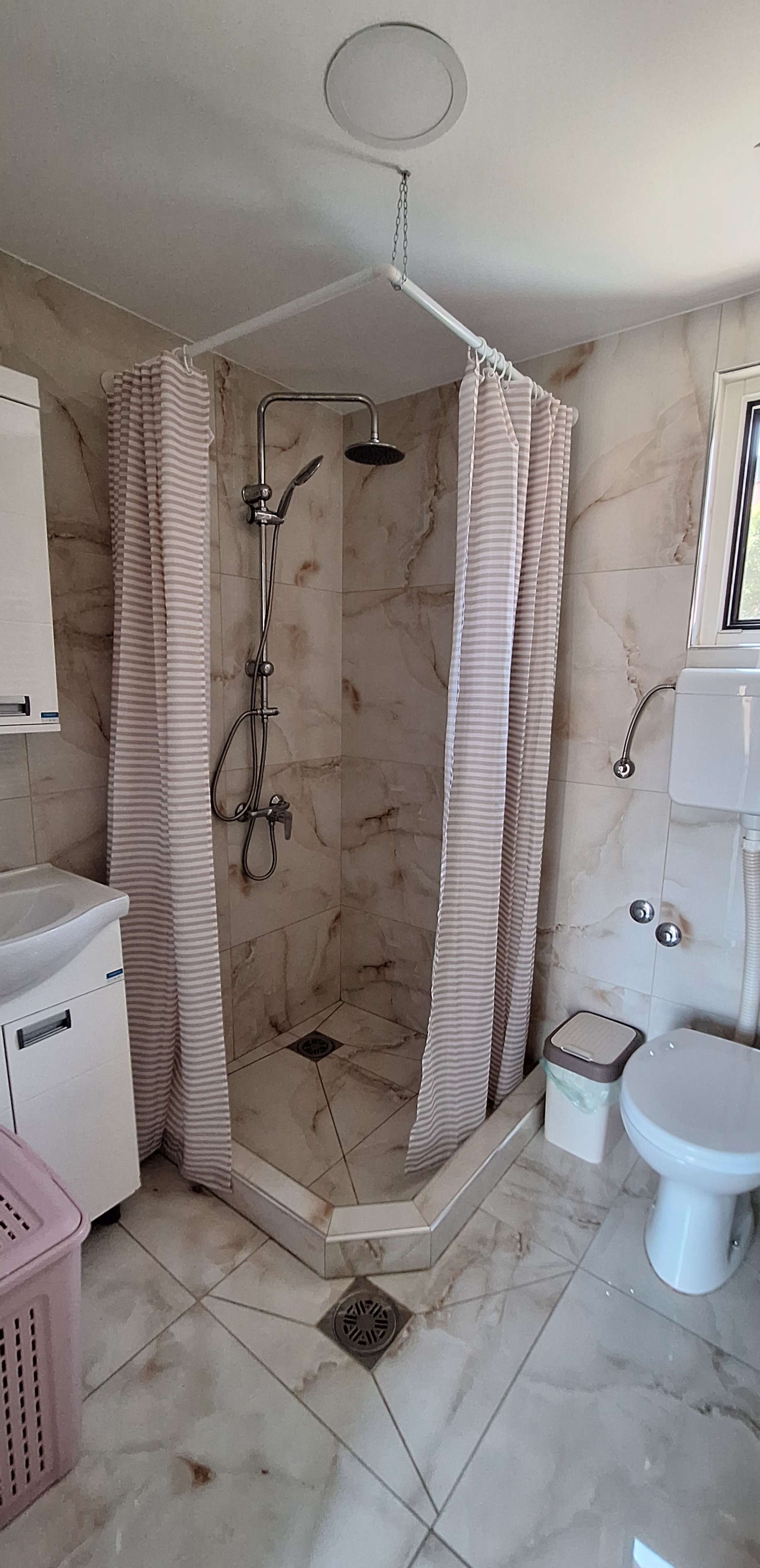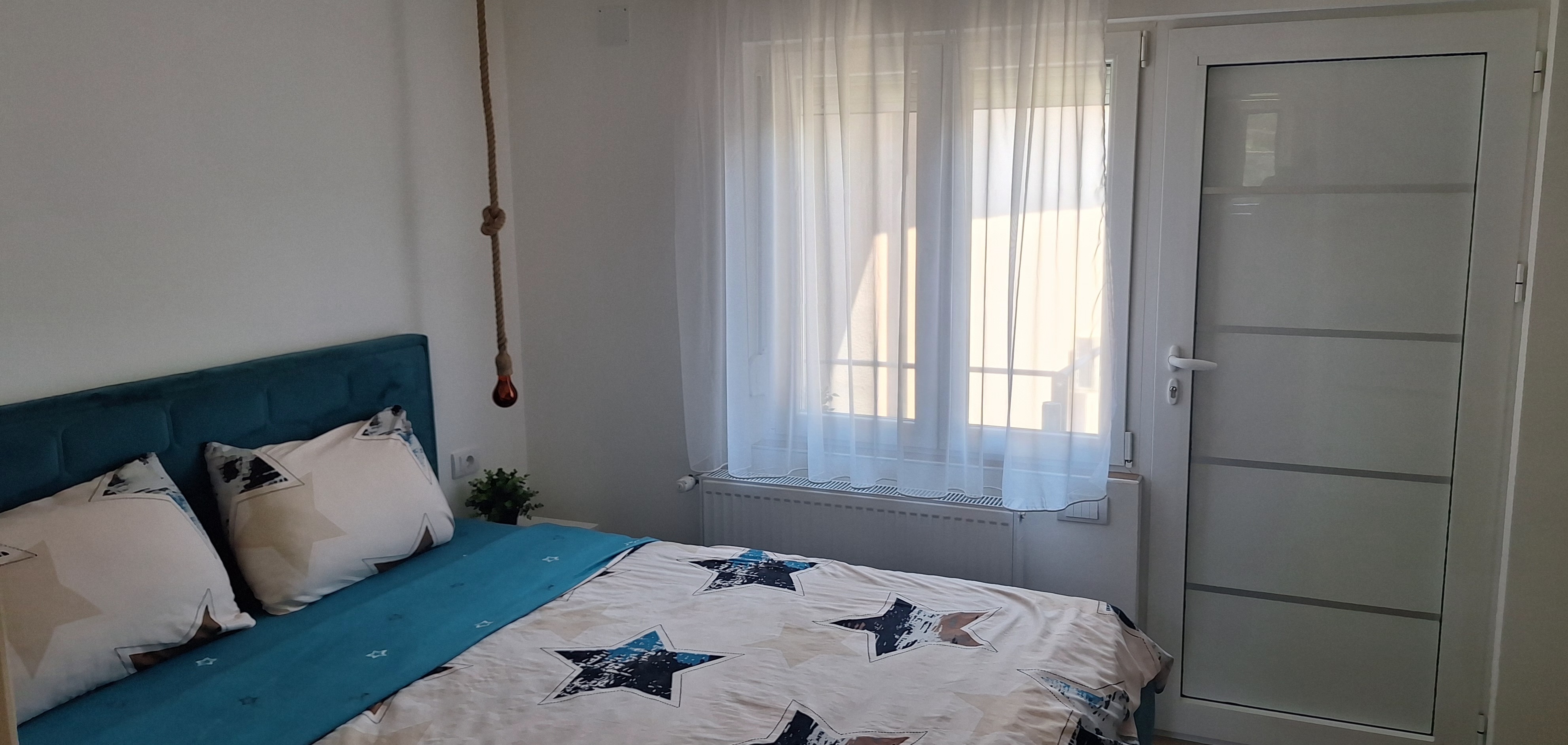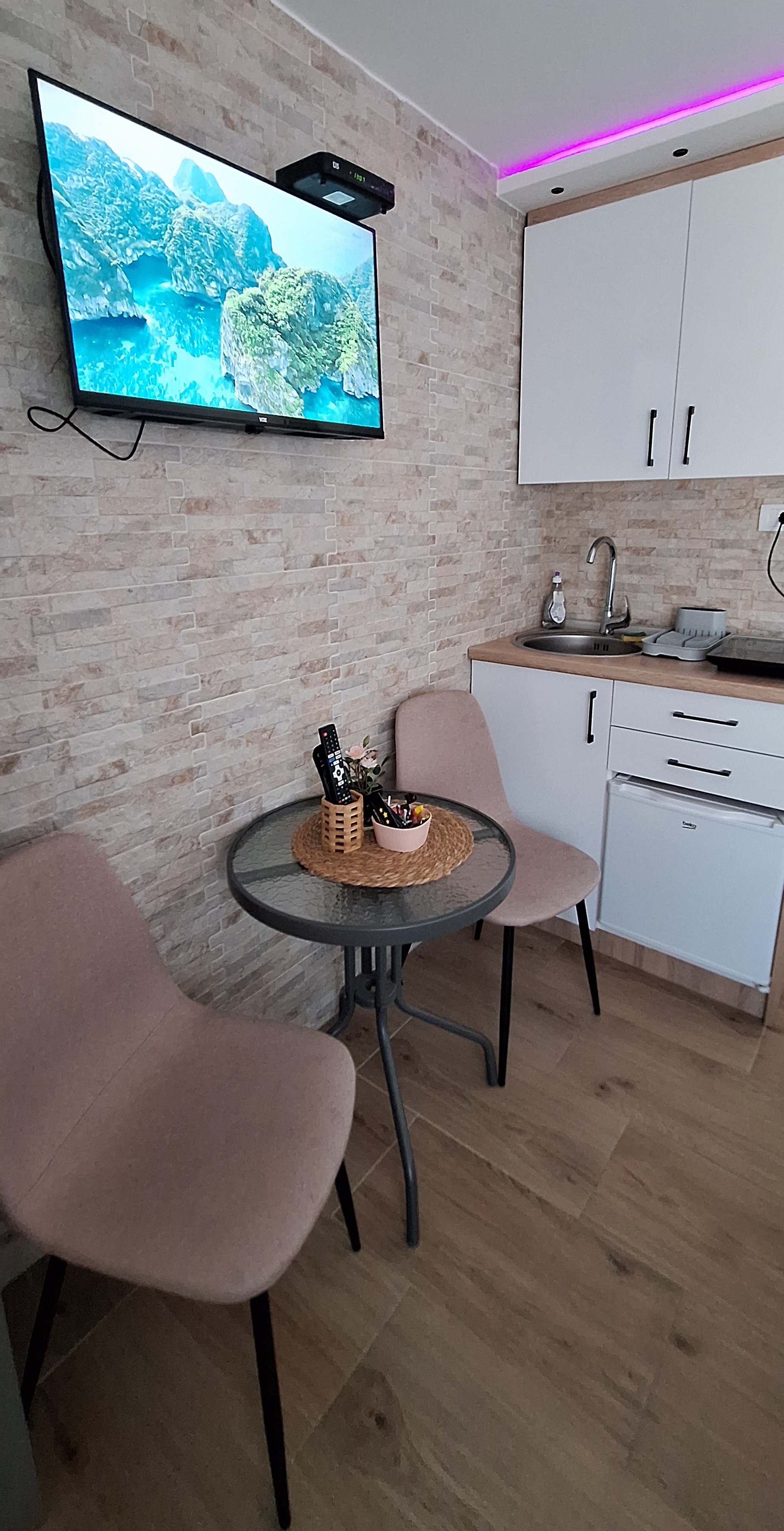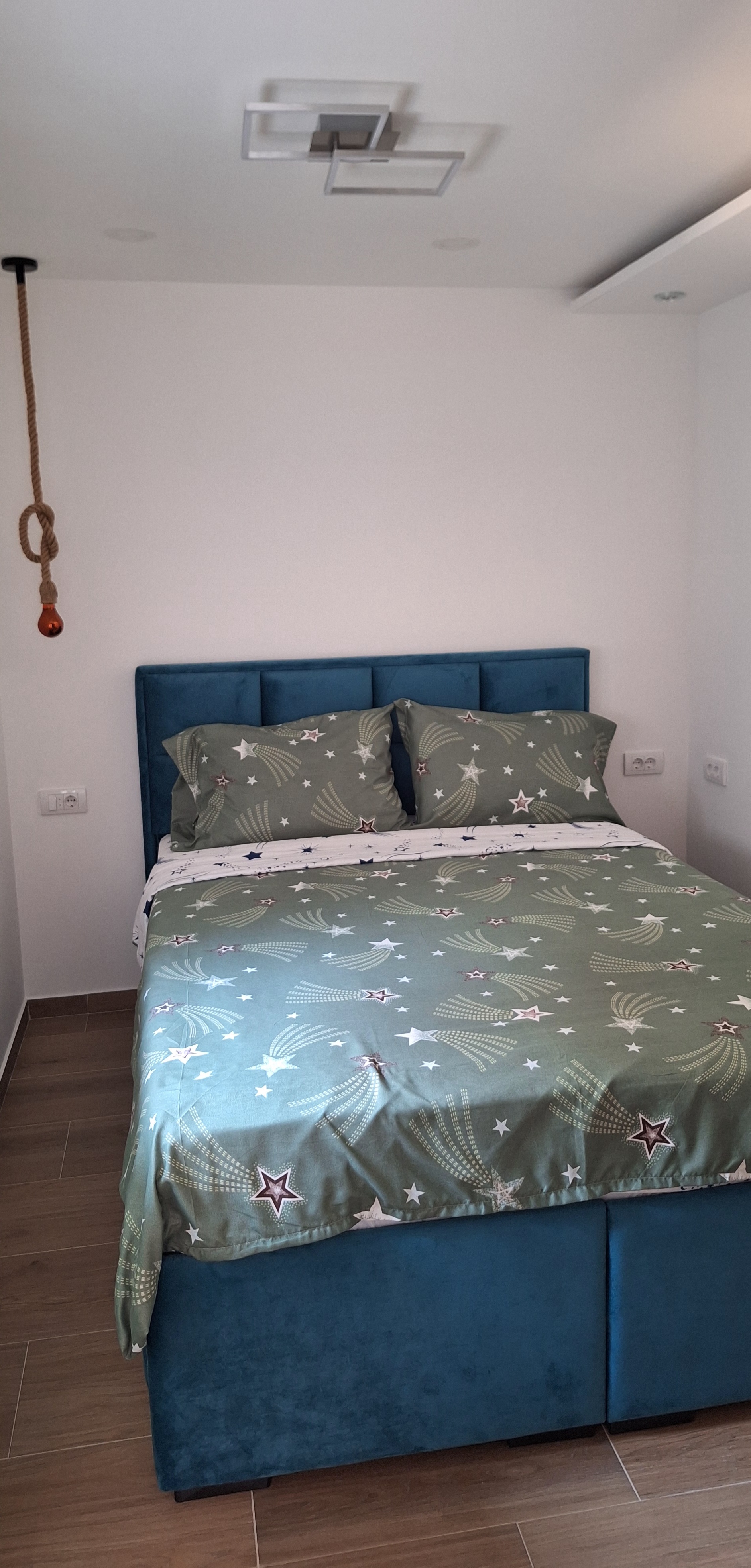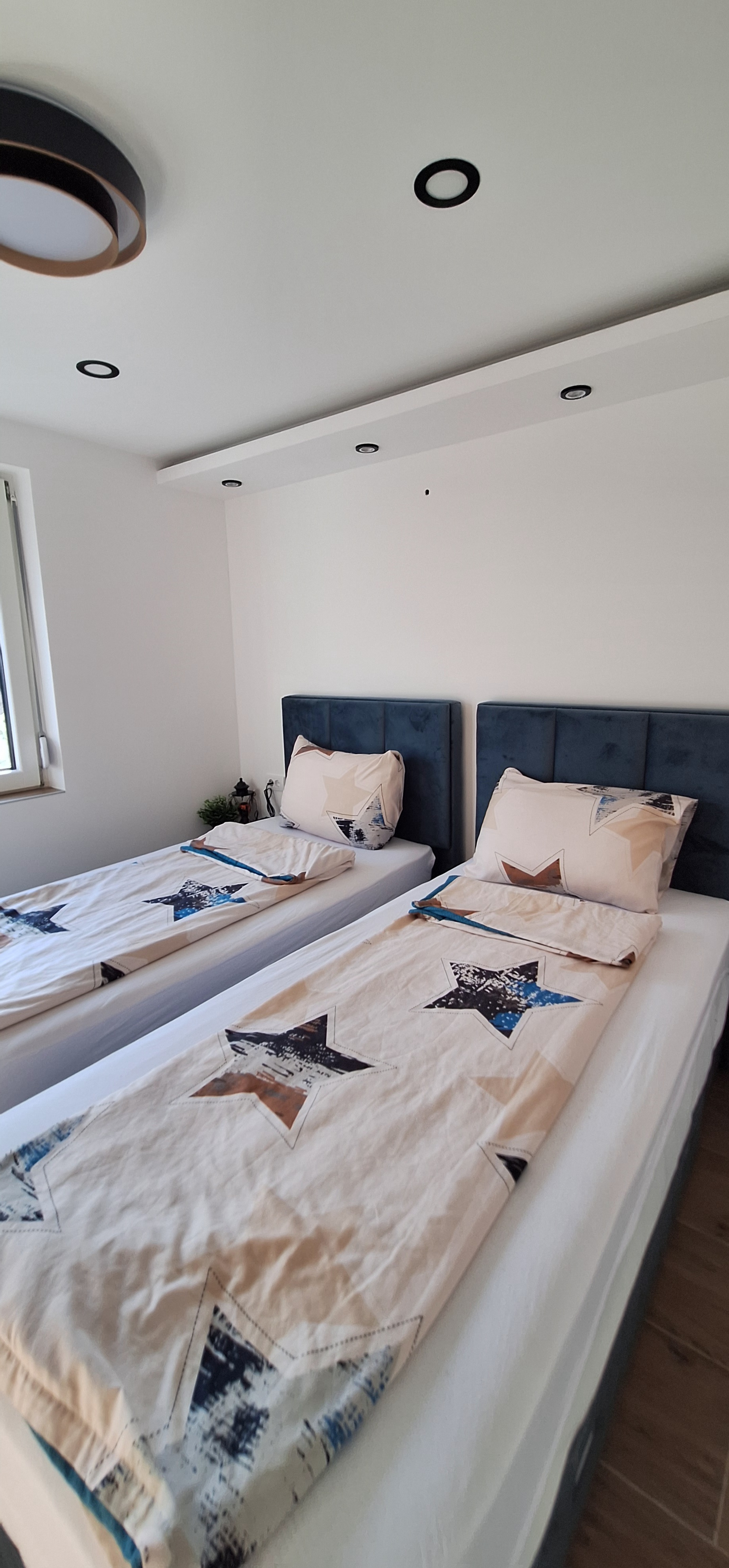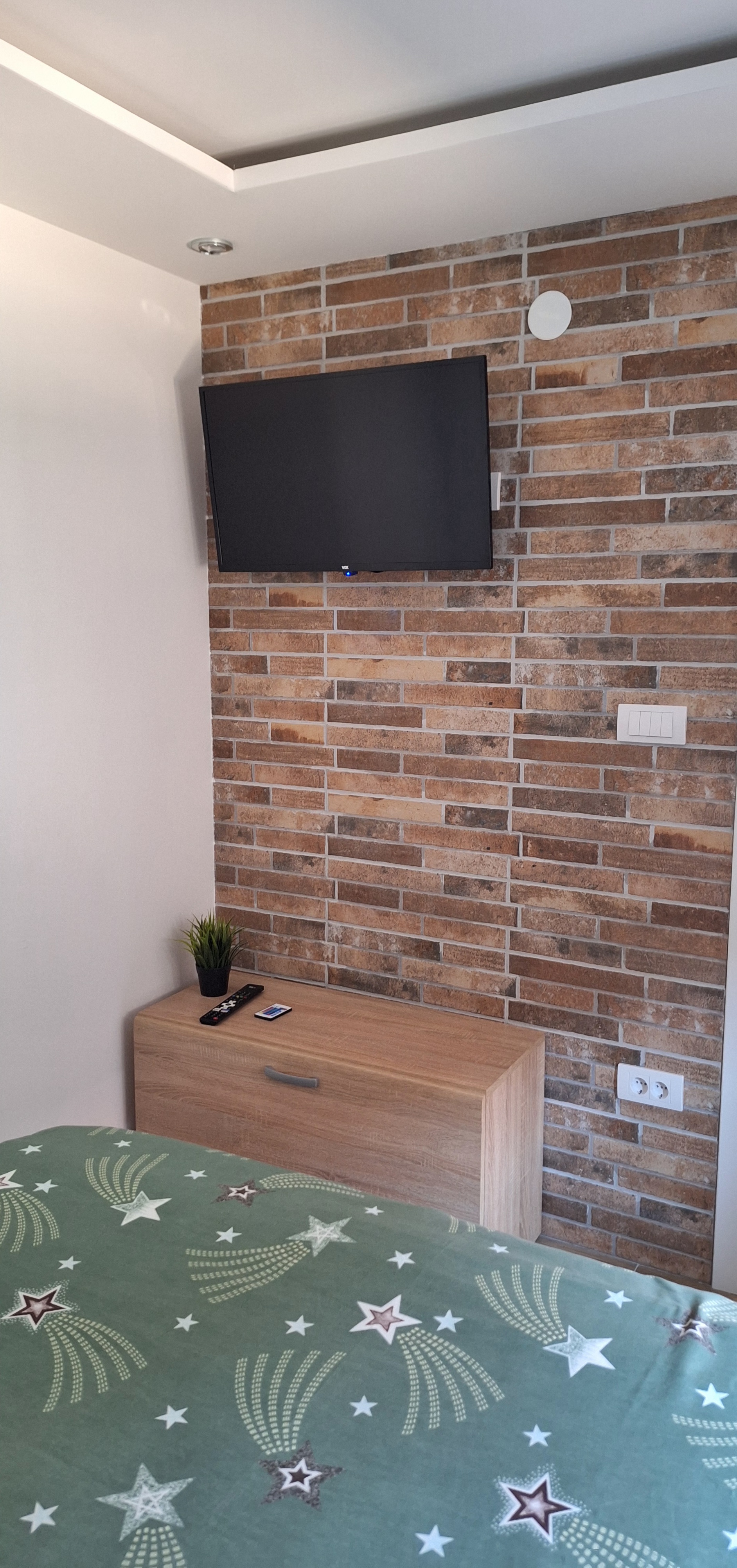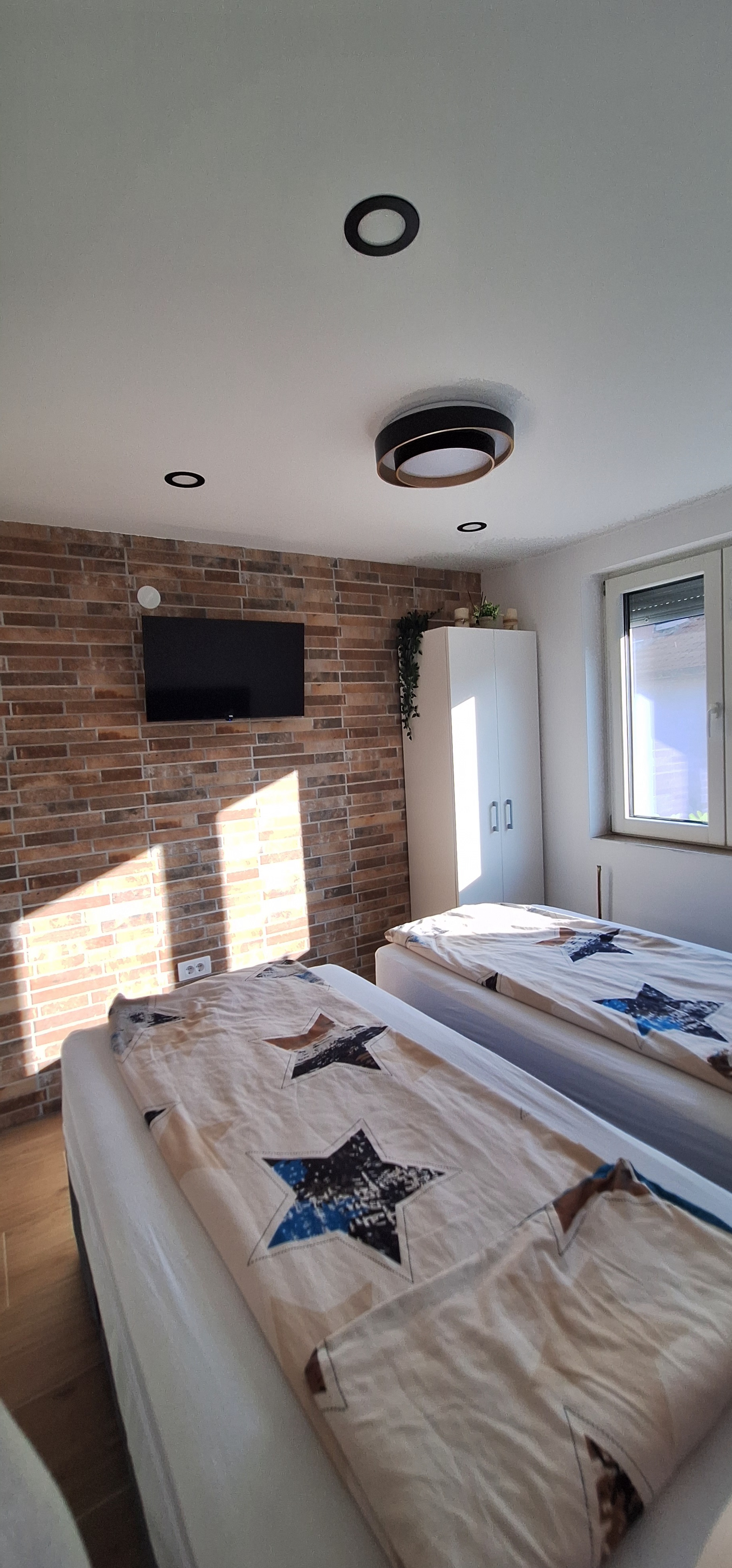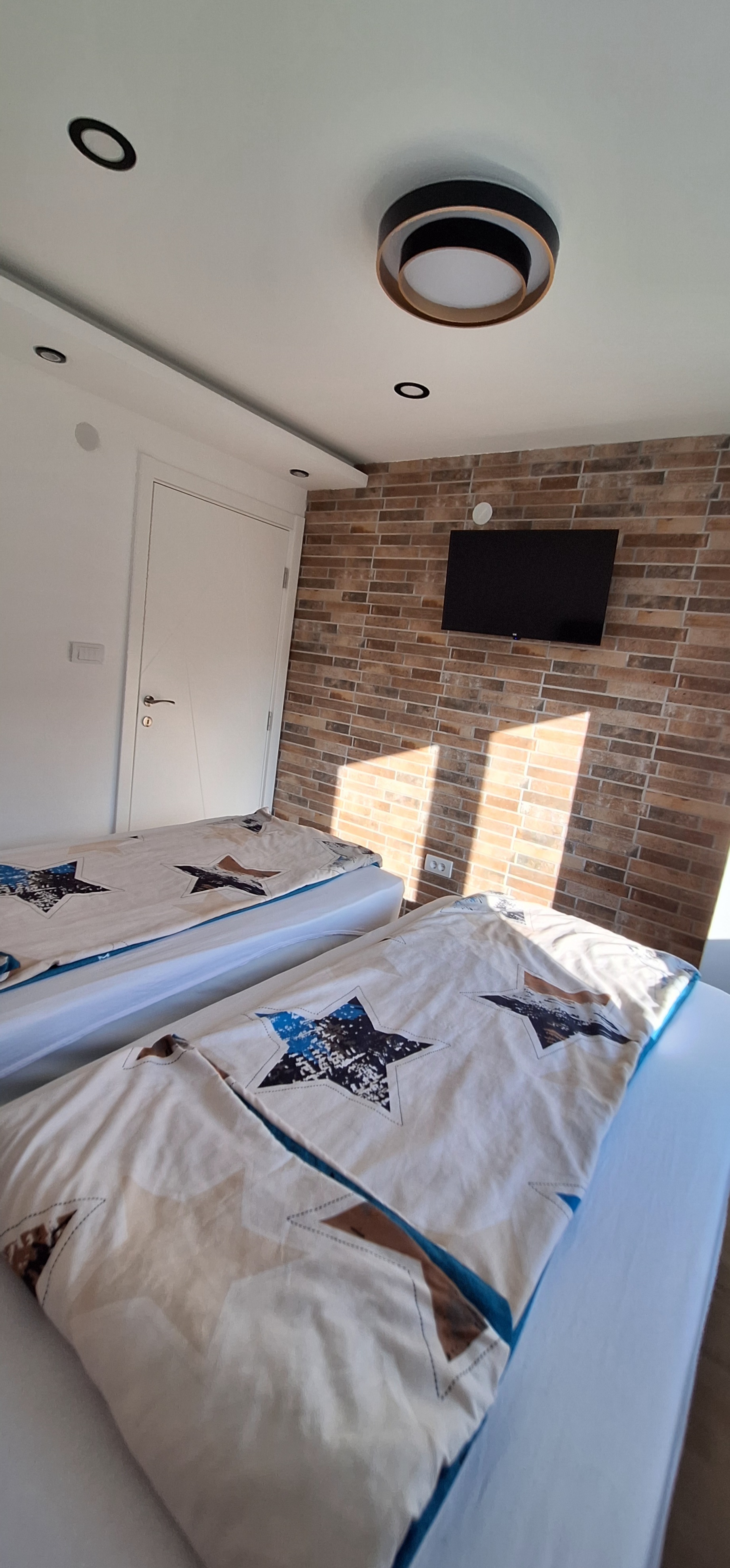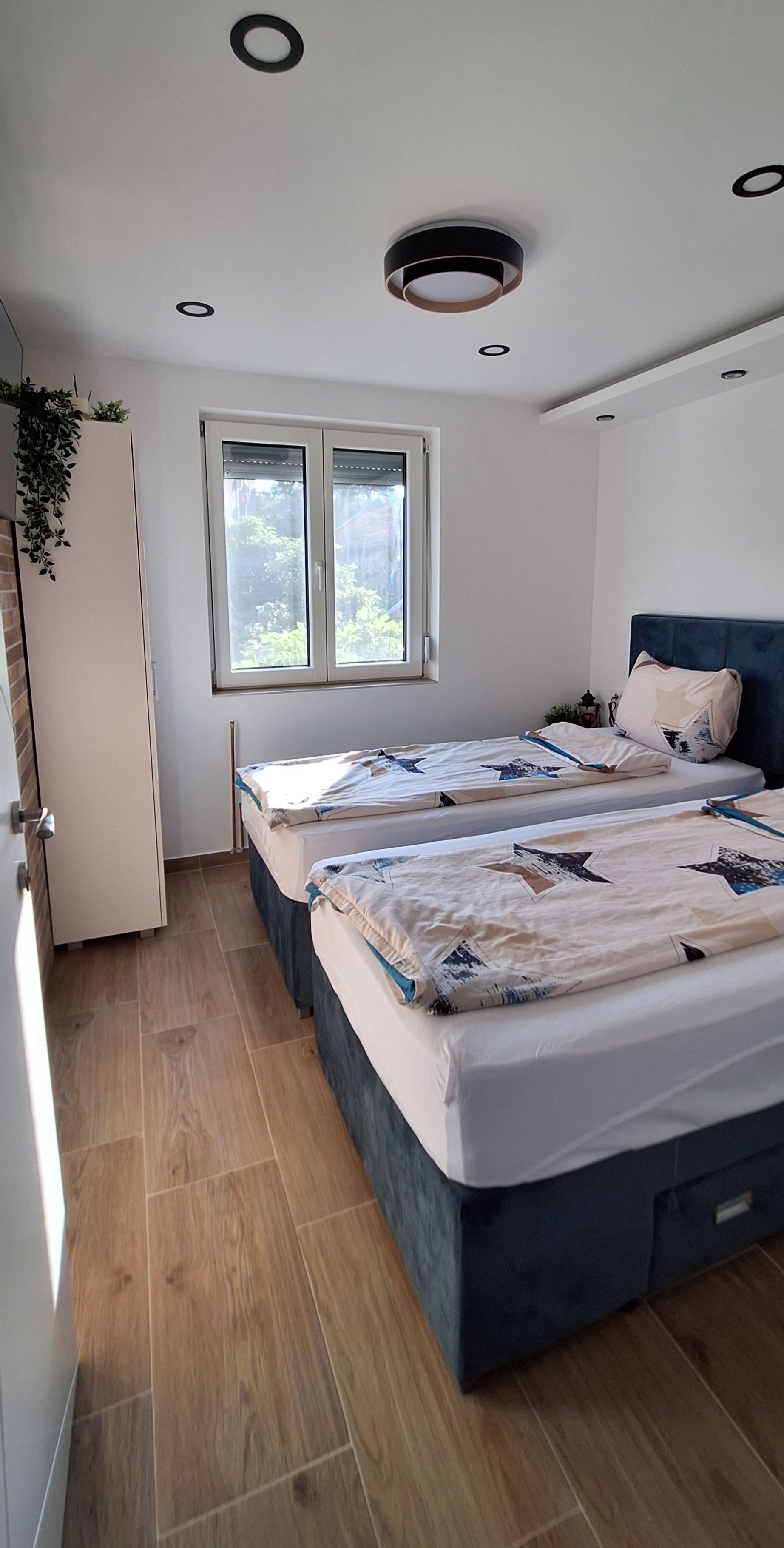When to visit Leskovac?
- During summer: Leskovac is full of exciting events and festivals in the summer. Due to the excellent weather, it is possible to tour the entire city and visit some of the most important attractions.
- In winter: Because of the idyllic winter conditions, Leskovac is an ideal location to spend New Year's and Christmas holidays.
How to get to Leskovac?
- By car: From Belgrade, you need to follow the E75 highway, which will take you all the way to the exit for Leskovac, that is, to Stara Obilaznica. The approximate travel time is about 2 hours and 50 minutes. From Niš, you will only need 45 minutes on the E75 route. If you are coming along Kragujevac, it would be best to go to the village of Lapovo, where you will join the E75 highway and go to Leskovac. You will need about 2 hours of driving.
- By bus: Several bus companies run daily from Belgrade to Leskovac, and some of them are Nis Ekspres, Lasta, Frenki and Kanis. A one-way ticket costs RSD 1,440, while a round-trip ticket costs RSD 2,270. Approximate travel time is about 5 hours of driving. Much more transportation during the day is organized from Niš to Leskovac, where the ticket price is 640 RSD, and the return ticket is 1,150 RSD.
Activities for tourists in Leskovac
- Excursions: Leskovac is a place that abounds in excursion sites, and they are definitely number one for all tourists who visit it. One of the most popular picnic spots is Pašina česma, located 10 km from Leskovac. Due to its arrangement and natural features, it is suitable for recreation, sports and hunting tourism. In addition, tourists can visit picnic spots on the mountain like Kukavica.
- Rivers and lakes: The largest river in the Leskovac region is the South Morava, also one of the favorite destinations of all Leskovac residents. There is a quay on this river, and next to it, Vlasina, Veternica and Jablanica are also popular. Among the lakes for recreation and swimming, Vlasinsko lake, Brestovačko lake and Barje stand out.
- Hunting tourism: Since Leskovac, i.e. Mount Kukavica, has great potential for developing hunting tourism, tourists like this type of activity very much. There is a huge wealth of game on the mountain, the most important of which are wild boar and roe deer.
Events and festivals in Leskovac
- Roštiljijada: If we had to name one synonym for Leskovac, it would be this event. According to the number of visitors, Roštiljiada is one of the most popular events in our country. At the same time, it is also the largest and most visited barbecue and meat festival in Europe. This festival lasts 7 days and is visited by about 45,000 tourists on average. It is held at the end of August and the beginning of September every year.
- Leskovac Carnival: The Leskovac Carnival combines tradition and carnival trends every year in July. The organizer of the Carnival is the Leskovac Tourist Organization.
- Leskovac summer: Leskovac summer is one of the country's longest tourist events, starting in June and lasting until mid-July. It is held in the Šop Dokić ethnic complex, and the festival includes various sports activities, children's programs in the fields of drama, music, art and literary creativity, as well as fun and artistic activities for adults.
- Days of wine in Vlasotinac: This event occurs annually in the second half of August. It is organized in honor of wine, vineyards and winemakers and is one of the favorite manifestations of all lovers of delicious wine.
Activities for kids in Leskovac
- Adventure park: Adventure park is one of the leading facilities for children in Leskovac and a facility for outdoor recreation. Here, the little ones can have fun with various devices, exciting equipment and obstacles located within the Dubočica Sports and Recreation Center.
- Children's Museum: The Children's Museum in Leskovac is designed as a children's museum club intended for children aged 5 to 11, and is located within the framework of the National Museum. This children's museum has a library for the youngest, toys and board games that enable children to learn through play, thinking and imagination.
- Visit to the National Library of Radoje Domanović: This National Library is important for the entire city, and often stands out for its various organizations and contents for children. Thanks to this, English language workshops for children, literary evenings for the youngest and many other activities are often organized here.
What to see in Leskovac?
- Monuments: In the city, you can come across several monuments which hide great and emotional stories behind them. Certainly, one of the most famous monuments is the monument to the renowned singer of folk music, Tomi Zdravković, who was born near this city. In addition, the monument to the Liberators and the Memorial Park in Leskovac, located on the eastern slope of Hisar, are well-known.
- Churches: The Orthodox faith has played the most significant role in the entire history of this region, so in Leskovac, you can find an Orthodox place of worship on almost every corner. The most famous churches of this region are the Cathedral Church, which is dedicated to the Holy Trinity, the Svetoilijska church and the Jašunj monasteries.
- Skobaljić town: Skobaljić town is located on top of the Kukavica mountain ridge and has been declared a cultural asset. The city consists of the Upper and Lower Towns and the suburbs on the eastern side. This city belongs to the Byzantine period, and throughout history, it served as a fortification and defense against enemies.
- Hisar archaeological site: This site has been inhabited since prehistoric times, and seven millennia of life are documented here. Today, this is one of the most famous localities in the entire country.
Accommodation in Leskovac
- Private accommodation: In the category of private accommodation, we can classify accommodation units such as hostels, motels, villas, and apartments. Some of this type's most popular accommodation units are Bed and Breakfast Asterix, Pansion Bebinac, Villa Mala Evropa, Motel Predejane and many others. The average price of one night is RSD 4,000.
- Hotels: Leskovac can boast many hotels since the city is at a crossroads. Some of the most popular hotels in this area are Garni Hotel Sajam, Hotel Central Inn, Hotel Mitić, Hotel Bel, Hotel Bavka, Hotel Groš and many others. The average price of one night is RSD 5,500
Numbers of important services
- Fire department 193, 212-190
- Police department 192, 250-554
- Ambulance 194, 251-244
- Information Center 985
- Leskovac General Hospital 016/252-500
- Health center Leskovac 016/251-244
- Tourist organization Leskovac 016/233-360
Where to eat in Leskovac?
- Restaurants: In terms of popularity and attendance, the restaurants in Leskovac are definitely at the top of all catering facilities. Here you can enjoy the traditional specialties of the region, accompanied by folk music and a memorable atmosphere. Some of the most popular restaurants are Tomina priča, Restaurant Bavka, Restaurant Bel, Restaurant Sandokan, Restaurant Nostalgija, Restaurant Krčma, Restaurant Leskovačka Mehana, and many others.
- Bakeries: If you are only passing through Leskovac and need something to eat, several bakeries with fresh pastries are at your disposal. Some of the bakeries are Pekara Dubočica, Pekara Đokić, Pekara Badem, Pekara Mara, Pekara Pereca, Pekara Đermanović and others.
- Pastry shops: Several pastry shops in the city will offer you the most beautiful sweets and sweet tastes. Some famous ones are Patisserie Mignon, Cake Shop Sanjeli Patisserie and Patisserie Sloga.
Where to go out in Leskovac?
- Pubs: Certainly, Leskovac is the most popular for good, traditional music, and in such moments the music of Toma Zdravković, who comes from this region, takes the lead. Therefore, the most popular taverns are Istorija tavern, Kaysa tavern, Jedno Mesto tavern, Bratska kafana, and many others.
- Cafes and clubs: Leskovac has to offer a different type of entertainment for all those who like this type of entertainment. Therefore, in Leskovac, you can enjoy clubs like Club Apollo, Club Groove or Club Roma.
Transportation and taxi in Leskovac
- Taxi service: One of Leskovac's cheapest transportation is undoubtedly taxi transportation. Some of the best-rated taxi services in the city are Albatros taxi 0800/237-237, Yellow taxi 016/55-555, Maxi taxi 016/233-888, Ekos taxi 016/55-355 and others.
Parking and public garages in Leskovac
- First zone: SMS with registration is sent to number 8160, and the price per started hour is 27 dinars.
- Second zone: The price per hour is 22 dinars.
Surroundings of Leskovac
- Caričin grad: Caričin grad is located about 30 km from Leskovac, a Byzantine city belonging to Emperor Justinian. Ramparts surround the city, and even today, many contents are reminiscent of Byzantine culture. The city was a strong military fortress in the past, and today it is one of the few examples of Byzantine rule on Serbian soil.
- Sijarinska spa town: The Sijarinska spa existed in this place even during the time of the Romans, as evidenced by several localities on its soil. It is located on the river Jablanica, about 50 km from Leskovac. A dense oak and pine forest surround the spa, and treating numerous rheumatic and other diseases is possible.
- Mountain Kukavica: This mountain is between Južna Morava and Veternica, only 15 km from Leskovac. Conquering the top of this mountain is extremely popular, so from Leskovac, it is possible to go to the top from two directions, which represents a significant challenge for mountaineers. In addition, Kukavica is an ideal place for recreation, sports, picking medicinal herbs, rural tourism and hiking.
History of Leskovac
- Name of the city: Legend says there was a lake near the city where a hazel plant grew due to drought. The town of Leskovac was named after this plant more than 600 years ago.
- Leskovac under the occupation of the Turks and Austro-Hungarians: At the end of the 18th century, Leskovac was the center of the Leskovac Pashaluk, which also included Kruševac and Paraćin. Nevertheless, Christianity continued to live actively in the city during that period, and the subsequent occupation by Austria-Hungary caused significant damage to the population and the economy.
- The liberation of Leskovac in 1944: After the Second World War, numerous victims, and catastrophic consequences for the inhabitants and the economy, the city was liberated on October 11, 1944. The city became part of Yugoslavia, the economy grew, and the people slowly recovered, and since then, Leskovac has belonged to Serbia.
Geography and climate of Leskovac
- Geographic features: The Leskovac basin covers an area of 2250 km2, and around the town are the mountains Radak, Goljak, Pasjača, Kukavica, Čemernik, and others.
- Climate: The climate of Leskovac is moderately continental, and the average annual air temperature is 11 degrees. The warmest month of the year is July, with an average temperature of 29 degrees, while the coldest month is January, with a temperature of -3.7 degrees.
Demographics of Leskovac
- According to the 2011 census, the city has 144,206 inhabitants.
- Most Serbs live in Leskovac, about 147,000 of them. After them, there are most Roma, Montenegrins, and Albanians in Leskovac.
- The average population density is 158 inhabitants per square kilometer.
Tradition and culture of Leskovac
- City slava: Respect for the city's slava dates back to the beginning of the city. The protectors of Leskovac are Spirits, celebrated yearly with well-known customs. At that time, processions are held in the city, the locals congratulate each other and a fair is held in the central part of the city, with song and dance.
- Koledar customs: Koledar customs are carried out in the period from January 2 to 6 every year. Namely, the procession dressed in koledar masks goes from house to house, and the goal is to bless progress and well-being in each house. Children carry out this custom.
- Česljanka: Česljanka is a town custom that is associated with weddings. It is performed in the fourth, and the action takes place in the house of the bride, that is. girls. The ceremony is attended only by women and the necessary musicians for entertainment, and salty and sweet pastries are served, as well as drinks.




